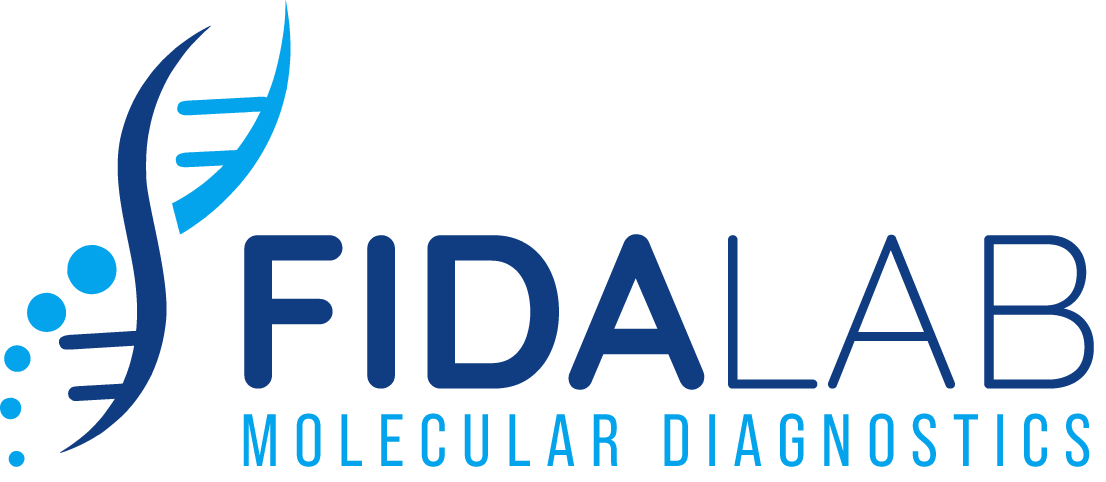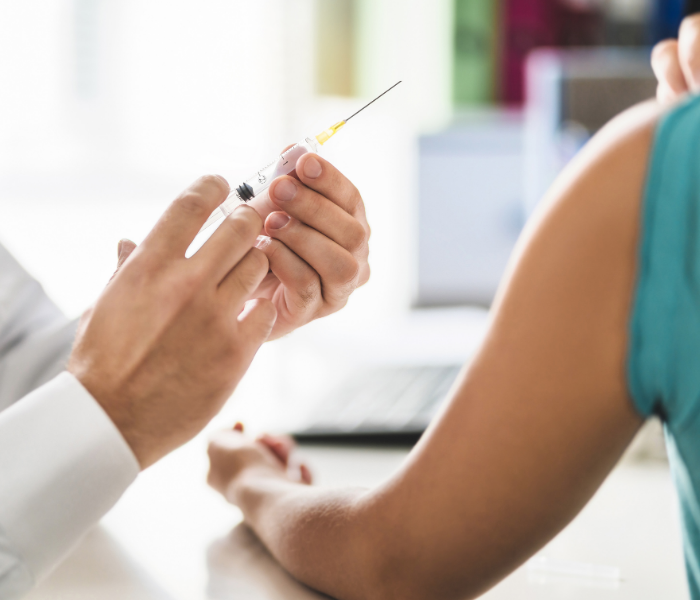The incidence of oral cancer in the US is increasing. Oral cancer cases have increased about 15% in the past three decades and this increase is mainly caused by human papillomavirus (HPV) infection. While oral cancer caused by traditional risk factors such as smoking and alcohol consumption has decreased by 30%, HPV-associated oral cancer has increased by 700%.
Put in context that we can relate to: one person in the US dies every hour of the day from oral cancer. Worldwide over 600,000 new cases of oral cancer will be diagnosed, and in the US specifically– over 48,000 individuals each year.
Risk factors for oral cancer. While those in the dental field may easily talk to patients about certain risky behaviors associated with oral cancer like tobacco and alcohol use, it is not common practice to discuss the third and most risky of behaviors–a person’s sexual activity. While tobacco use increases the chance of oral cancer by 3 times, persistent oral HPV in the oral cavity increases the chance of oral cancer by 32 times.
HPV and Malignancy. HPV is the most common sexually transmitted disease and almost all women are exposed to HPV infection at some point in their lifetime. A majority of HPV infection is asymptomatic, and can be cleared by the body’s immune system. However, HPV infection persists in a minority of people (both men and women) which over time can lead to the development of malignancies. HPV is responsible for almost 100% of cervical cancers, and 95% of anal cancers. We now know that HPV is also responsible to up to 60% of oral cancer.
These HPV-associated malignancies are potentially preventable through HPV vaccination, annual screening, and early treatment. Advocating for vaccination and screening are good steps providers can take to shift the healthcare paradigm in favor of evermore preventive care.
What can we learn from Cervical Cancer Research? In the US, women are strongly encouraged to undergo an annual pap smear or genital HPV screening to prevent cervical cancer. A regular pap smear and HPV screening allows for cervical cancer risk assessment and detects cervical pre-cancer lesions. Early and proactive treatment of these pre-cancer lesions prevents further development into invasive cervical cancer– which is why cervical cancer rates have decreased by 74% since the implementation of cervical cancer screening in the US and other developed countries.
The target goal for cervical cancer screening by the Healthy People 2020 Initiative is 93%. It is also estimated that by 2020, the number of HPV-associated oral cancer cases will surpass HPV-associated cervical cancer.
Oral HPV testing complements visual oral cancer screening. Dentists and dental hygienists are the first line in preventing oral cancer. They already perform annual visual oral cancer screenings, however, HPV-associated oral cancers tend to occur in the back of the mouth, making them hard to detect only by visual observation. Ideally, an oral rinse-HPV testing complements the visual oral cancer screening. When found at early stages of development, oral cancers have an 80 to 90 % survival rate.
With access to easy, non-invasive (and quantitative) methods for screening for oral HPV, why not do so?
“One of the real dangers from this disease is that in its early, highly survivable stages it is rarely painful and only through an opportunistic discovery during a regular oral examination would it be found.” ~Brian Hill, Oral Cancer Foundation.
Oral HPV detection can prevent the development of HPV-Associated oral cancer. A molecular saliva-based oral HPV screening provides two time points to prevent the development of HPV-associated oral cancer. First, an annual oral HPV screening will increase a patient’s self-awareness that oral HPV can be cleared by the body’s immune system through lifestyle changes. Second, an annual oral HPV screening will enable the detection of an oral lesion at the earliest stage which is more likely to be benign and treatable–thereby, preventing the further development of an oral cancer.
Coming next in this series: “All you want to know about HPV.”
About the author: Dr. Quinne Feng has her Ph. D. in Biochemistry from The Johns Hopkins University School of Medicine, she did her Postdoctoral Fellow at Whitehead Institute/MIT, then worked at the University of Washington for 15 years as a research scientist and faculty member. She is one of the co-founders at Fidalab and developed the screening assay for HPV 16 and 18. Dr. Feng remains a dedicated research scientist, and is passionate about science and how it can improve life and health. Learn more about Fidalab’s Oral Rinse Collection Kit for HPV Screening at https://fidalabus.com


